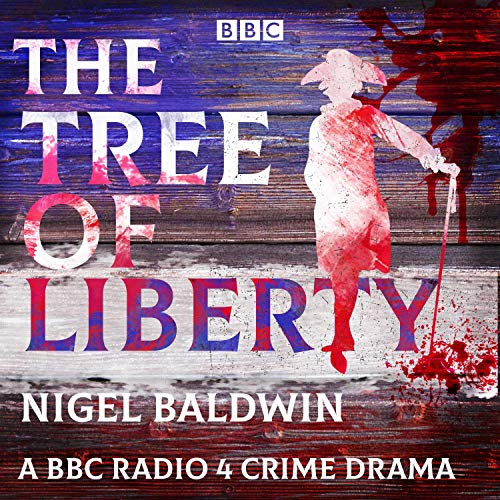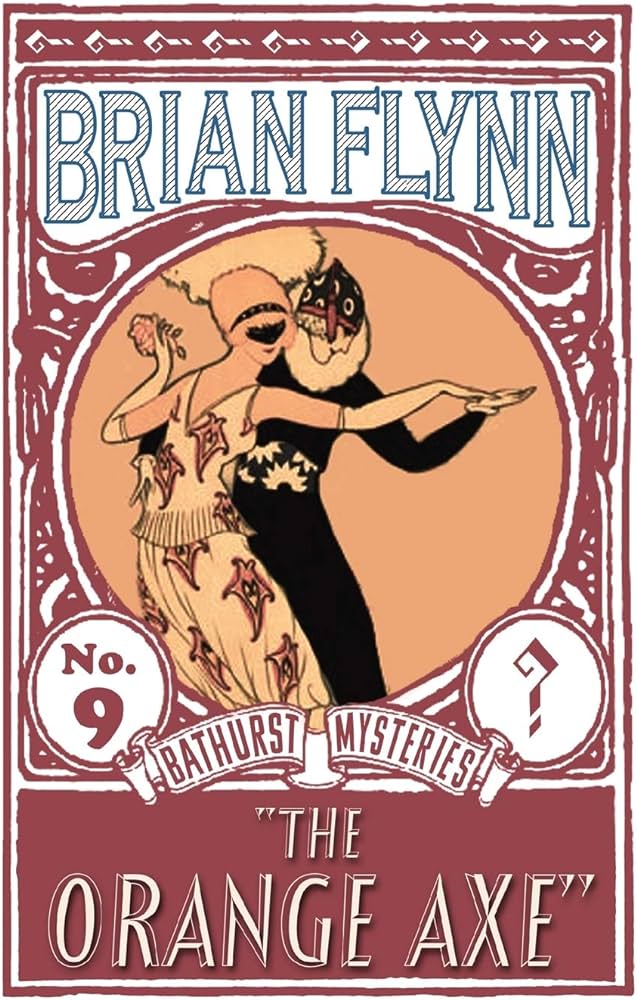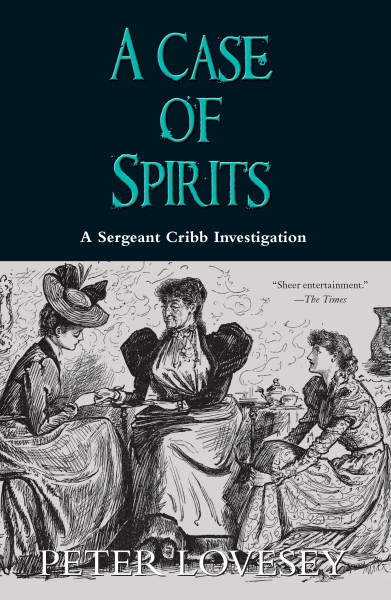
Originally Published in 1902
Sherlock Holmes #5
Preceded by The Memoirs of Sherlock Holmes
Followed by The Return of Sherlock Holmes
The country doctor had come to 221B Baker Street, the famous lodgings of Sherlock Holmes, with an eerie tale—the legend of the Hound of the Baskervilles, the devil-beast that haunted the lonely moors around the Baskervilles’ ancestral home. The tale warned the descendants of that ancient family never to venture out on the moor. But Sir Charles Baskerville was now dead—and the footprints of a giant hound have been found near his body. Would the new heir of the Baskervilles meet the same dreadful fate?
Sherlock Holmes and his faithful friend, Dr. Watson, are faced with their most terrifying case in this wonderful classic of masterful detection and bone-chilling suspense.
The Hound of the Baskervilles begins with Holmes receiving a visit from Dr. James Mortimer. He has come to consult him on the strange circumstances surrounding the death of his friend Sir Charles Baskerville who had been found dead on the grounds surrounding his home on Dartmoor.
The direct cause of death was a heart attack but Mortimer notes that his friend’s face seemed to be frozen in an expression of terror. Near the body the enormous footprint of a hound was found, leading some to speculate that he may have been killed by the demonic beast said to have been responsible for the premature death of many of Sir Charles’ ancestors.
Sir Charles’ heir has recently arrived in London and intends to take up the property but has received a warning urging him not to visit the moors. Holmes agrees to meet with him and, upon learning of some strange occurrences surrounding him, he decides he will send Watson with Sir Henry to Dartmoor to protect him and to try and uncover the truth of what is going on.
If Sherlock Holmes is, for many people, The Detective then The Hound of the Baskervilles must surely be The Detective Novel. It is a work that has enjoyed a tremendous reach thanks to countless adaptations and the clear influence it has had over many subsequent works in the genre. The only comparable titles I can think of in the genre would be Murder on the Orient Express or And Then There Were None.
I have previously shared my opinion that Holmes is a character that really doesn’t suit long form fiction as well as the short story. Both A Study in Scarlet and The Sign of Four have points of interest but I feel each has a structural problem. For those unfamiliar with those books, at the midpoint of each Holmes identifies a crucial figure and the remainder of the books becomes a historical tale explaining the background to the events we have witnessed.
What this means in practice is that only the first half of each book is a mystery – the remainder is explanation. The case, it seems, concludes long before the novel does. Given how energetic and driven the Holmes chapters are, the sudden switch to a slower historical storytelling feels very jarring and only emphasizes how little tension or sense of discovery there is in the second half of each book.
The Hound of the Baskervilles has quite a different structure and it is all the better for it. Rather than try to sustain Holmes’ bursts of energy throughout an entire novel, Doyle opts to keep him in the background for much of the more routine parts of the investigation and has Watson take the lead.
The decision to split up Holmes and Watson is to the benefit of both characters. Watson, able to act with more freedom and less scrutiny than usual in these stories, is given a chance to interview each of the characters involved at a more leisurely pace, share his own ideas about the case, and even have a memorable late night adventure of his own on the moors.
Holmes is then able to swoop back into the story at a critical point close to the end of the book and take over the investigation. At that point we have been so eagerly anticipating his direct involvement in the case that it makes that moment feel even more important and exciting. As he reenters the story very late in the proceedings, Doyle is able to naturally sustain Holmes’ incredible energy to build a pacy, action-driven and pretty satisfying conclusion.
The Hound of the Baskervilles not only fixes the principal problems with its two predecessors, it also retains one of the elements that was most successful in them. Each of the preceding novels contained horrific elements whether that was the gory message written on a wall in blood in A Study in Scarlet or Sholto’s terrible sense of fear in The Sign of Four. This novel also evokes a sense of fear but incorporates a stronger sense of the supernatural, particularly in those passages that describe the hound itself. Where previous stories have seen Holmes explain the inexplicable, here he has to rationalize what appears diabolical.
The most obvious horror element is the hound itself. Doyle does a lot well, including giving an intriguing origin for the beast and tying it to the victim’s own family history. Throw in the desolate landscape of the moors and you have something that I think really strikes the imagination. While part of the reason that this story gets adapted so often is the plotting, this story also features some really strong visual storytelling and plenty of elements that evoke a sense of atmosphere.
While I think this is a significant improvement on the two novels that went before it, I do have to point to some elements that I do not find entirely successful. The first of these is a crucial issue with the villain’s plans. Doyle himself clearly recognizes this – he actually has Holmes point it out and describe the problem – but then he flubs the opportunity to actually answer this, simply dismissing it as something they would have addressed later.
Is it unrealistic that someone may enact a plan without having every element thought through? Perhaps not. But I find it difficult to accept that someone would accept the degree of risk their plan entails with no certainty of the benefit. While I am no fan of the detective not having all the answers, surely someone could have provided one after the fact. It just feels very untidy.
Similarly there is an issue that Watson identifies at the end that Holmes tries to answer through conjecture. While the explanation Holmes posits would fit the facts, I feel it is a bit of a stretch to fit in with the other things we know about the villain’s personality.
My final issue with the book is that there is a moment where everyone seems to show a pretty breathtaking lack of humanity (ROT13: Gur qvfpbirel gung n qrnq obql vf abg Onfxreivyyr ohg gur pbaivpg). While this would certainly fit with the character of Holmes himself, I was surprised that others did not seem to be affected in any way by what has happened – particularly Watson.
Now others may suggest that this, like many of the Holmes stories, is more adventure than detective story. There is at least a grain of truth to this, particularly in the middle section of the book. In these chapters we do learn a few important points that seem to point to the guilty party but there are quite a few red herrings too.
I feel however that this is one of those cases where many of Holmes’ observations are grounded in solid, logical thought. Sure, the villain’s identity feels obvious from the start but Holmes’ reasons for dismissing the supernatural explanation and for forming his ideas about what was happening could be easily replicated by the reader being based on the application of some simple ideas and logic.
Though not perfect, The Hound of the Baskervilles feels like a much more cohesive story than either of the two previous novels. When I reviewed each of them I counselled that those new to Holmes would be best served to skip over those novels and return to them after reading the short stories. Clearly I am not advising the same here.
The Hound of the Baskervilles is not only one of the most famous Holmes stories, it is one of his more entertaining ones too.
The Verdict: While I have issues with some loose plotting, this atmospheric story has some wonderful imagery.




Leave a comment